Historically, excitement over railways has tended to run well ahead of the trains. To wit, the British railway mania of the 1840s; or the U.S. government’s land grants to 19th-century railroad developers who needed to encourage settlers along their rights of way, in a somewhat back-to-front means of ensuring the banks got their money returned.
Mexico is seeing a renewal in excitement about railways as the government tries to make passenger service a thing—again.
A brief backdrop
First a bit of history. The thing for which president Porfirio Díaz was most famous —before he became infamous for clinging to power for 30 years— was the development of a network of railways, much of which was done by foreign companies.
The country’s first railway was conceived in 1837, when the president at the time granted a Mexican businessman a concession to build a line from the Gulf coast port of Veracruz to Mexico City. The first train to run between the two cities, under a later concession, left the capital in 1873—not bad as delays and cost overruns go. The network expanded from 9,500 km (5,900 miles) in 1890 to more than 19,000 km (11,800 miles) by 1910. A nicely illustrated history of the railways (in Spanish) can be found here.
The Mexican railways were nationalized in 1937 by then-president Lázaro Cárdenas, a year before the expropriation of the oil industry, and run by the state for the next six decades.
By the time the government decided that private companies would do a better job of maintaining and improving the country’s railways, passenger travel by train from one city to another was virtually unheard of.
The private concessions were only granted for freight service, and the railway companies focused on that with few exceptions such as the journey through the picturesque Copper Canyon and the tourist train connecting Guadalajara with the agave-growing town of Tequila. Passenger rail travel was removed from Mexico’s consumer price index around the same time that bottled drinking water was added. Signs of changing times.
Service on the handful of routes where passenger travel was still available into the 1980s was somewhat typical of a state monopoly in its last throes—bad. Air travel was still prohibitively expensive at that time for many people, but highway expansion made bus routes more convenient, and significantly faster than the rail services being offered.
Getting back on track
Fast forward to the 21st century. Low-cost airlines fly all over the country, interstate buses come equipped with toilets and movies, and long-distance passenger rail is beginning to make a comeback.
The idea began with the administration of President Enrique Peña Nieto (2012-2018), who had plans for a bullet-train from Mexico City to Querétaro, including a future extension to Guadalajara, a trans-peninsular passenger train joining the Yucatán state capital city of Mérida with the popular tourist region of Riviera Maya, and a train from Mexico City to the State of Mexico capital Toluca.
From the outset the projects were criticized as being unprofitable, which they evidently would be, but that wasn’t the point: the plan was to reignite the rail industry and recreate a modern high-speed passenger train network capable of reducing travel times along what have become highly congested highways and give passengers more choice in travel.
To cut a long story short, the bullet train project was canceled for political reasons —all was not well with the way it was awarded— and shortly after, the trans-peninsular line was postponed indefinitely for economic reasons. The Mexico City-Toluca line went ahead but was far from complete by the time his term ended.
President Andrés Manuel López Obrador (2018-2024) went a step further. The idea of a trans-peninsular train was rekindled and expanded into the Tren Maya, a tourist line running around the entire Yucatán peninsula. The Mayan Train opened almost a year ago, although some parts have yet to be completed.
Initiatives begin to pick-up steam
President Claudia Sheinbaum, who took office on Oct. 1, 2024, took up the baton and intends to continue expanding passenger rail service. Her government has resumed plans for a Mexico City-to-Querétaro train —but not a bullet train— and others in different parts of the country.
They include completion of the Tren Maya, the Mexico City-Querétaro project, the Interoceanic line crossing the Isthmus of Tehuantepec, several lines to the new Mexico City airport at Santa Lucía (including a stop on a new Mexico-to-Pachuca route), and others from Mexico City to Nuevo Laredo on the U.S. border, and Querétaro to Irapuato.
Her efforts will be supported by a recent constitutional change restoring government control of the railways. The railway bill was even supported by the opposition—an unusual occurrence in these days of political division. Private operators can make their own plans for offering passenger service, and have expressed interest in several projects, or they can allow third parties access to their lines. Government plans also involve laying new rails where necessary.
Mexico in your inbox
Our free newsletter about Mexico brings you a monthly round-up of recently published stories and opportunities, as well as gems from our archives.

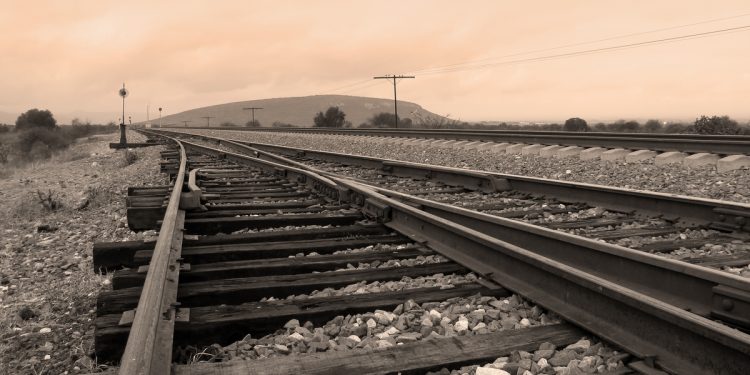
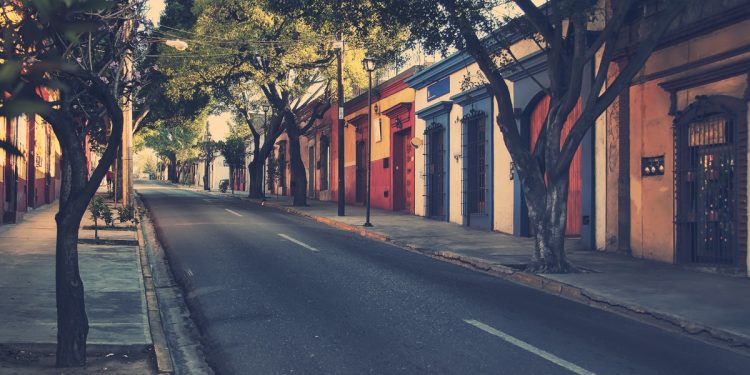
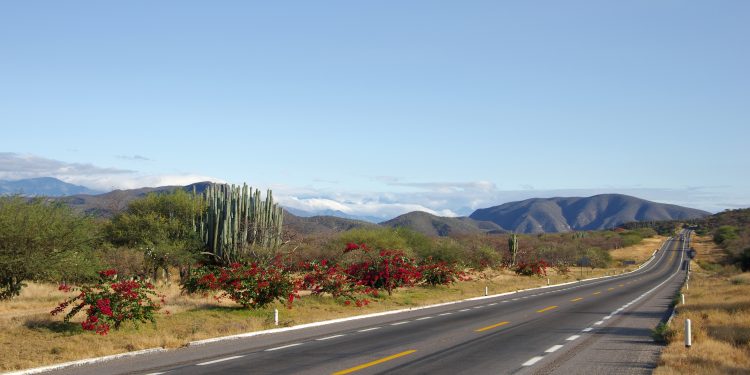
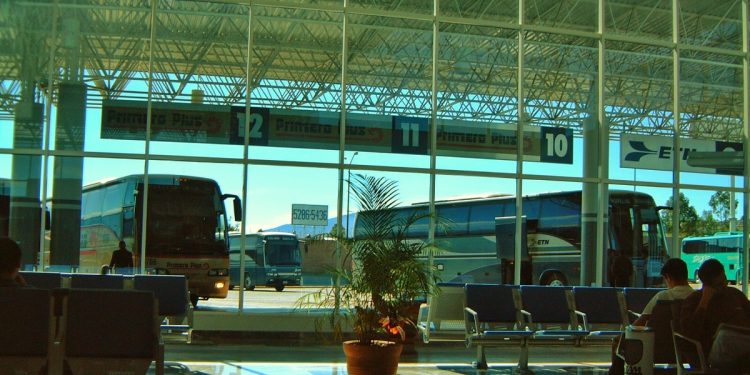
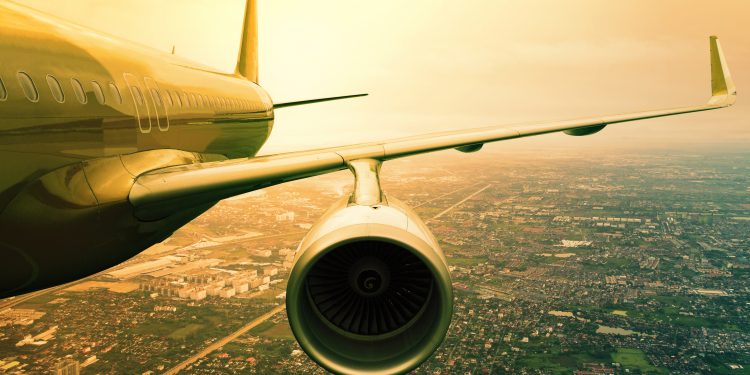

Wonder if it will be as dangerous as traveling from Puebla to the Baja Coast where during an 1800 mile bus trip, gringos and Mexicans experienced numerous (1/2 hour to an hour) delays due to police searches, harassment of passengers, often at 3AM, including forcing disabled and elderly passengers to remove all of their baggage from the bus and larger suitcases from below in a hurried manner. This happened far too often for my comfort. Yet nobody seems to talk about it. Oh and also, the National Guard and one time, unidentified men in masks with badges and guns but NOT police and NOT military (later confirmed to be cartel with drug dogs looking for marijuana to extort bribes from passengers). I look forward to train travel, but not if I feel it is dangerous. Yes, I agree I was traveling through a very dangerous part of Mexico, Sinoloa to be exact, but I will never travel long distance (more than a few hours) on a Mexican bus again. As expensive as the trains are in the USA, I was never subject to such indignities. It may be “normal” to locals but it is not to me.
Would like to have discussions with someone about having a presentation at Rail Passenger Association’s fall meeting in San Antonio, Tx about developments in Mexico